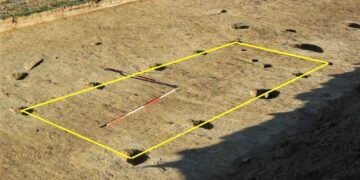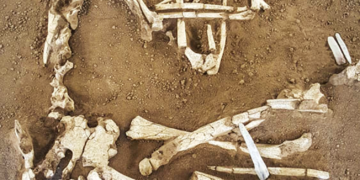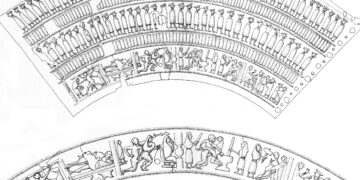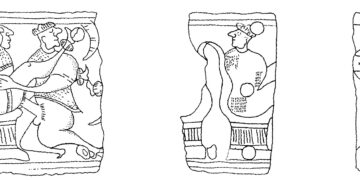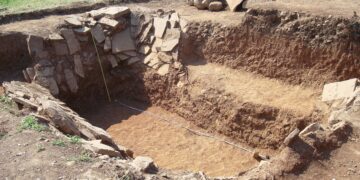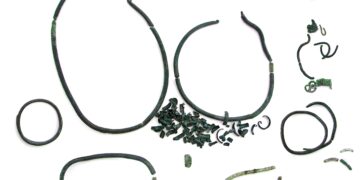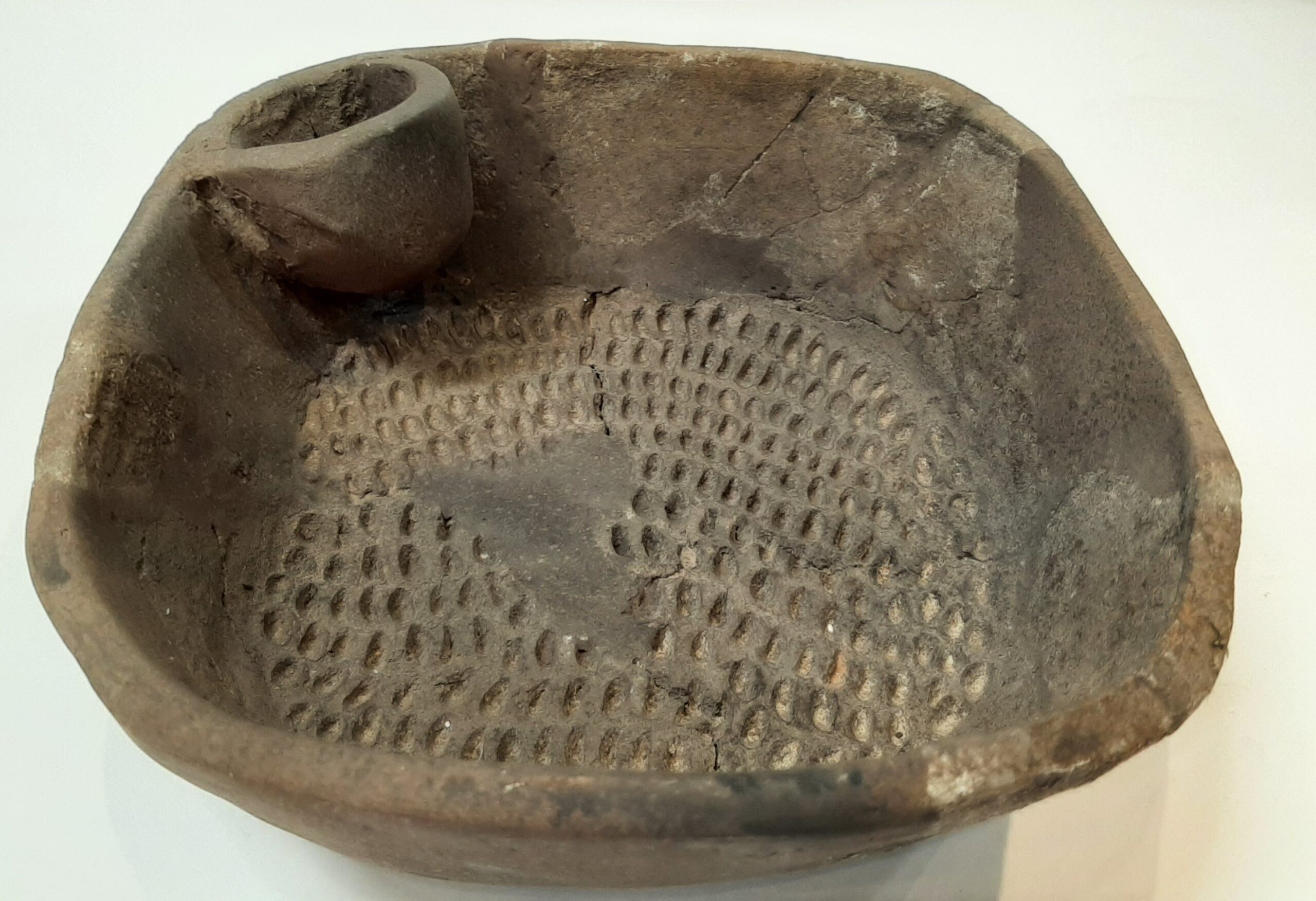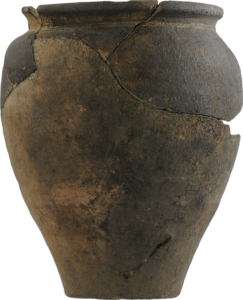Perhaps the humblest part of the archaeological remains from a site’s collection of artefacts are the cooking vessels, but they were also some of the most important. The purpose of these vessels was to cook and consume a meal, a meal that had no small amount of religious and convivial importance in ancient societies. These pots do not tell us only about our feasters, their very shapes give us information about the local production and pottery trade. These simple cooking vessels provide glimpses into multiple aspects of identity. They are tangible evidence of the relationship of communities that used them with the wider world.
They remind us that these people were here to have a meal, and the importance they placed on feasting. We learn little details, such as that they chose to cook their meal in the same room that they consumed it. That they served their food in the same pots they used for cooking… These details provide hints of the smells and other sensory stimuli that would have accompanied the meal. They make the subjects of pottery studies seem more real. Cookpots provide evidence of multiple facets, sometimes quotidian, of the lives of the people who once held them. Yet, these pots speak to greater things as well.




